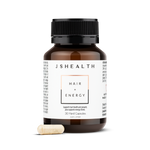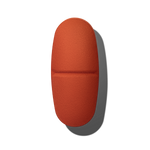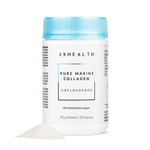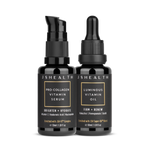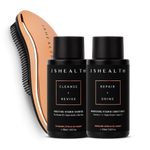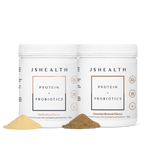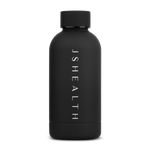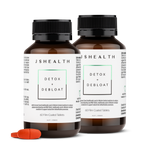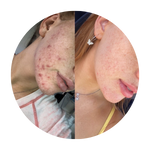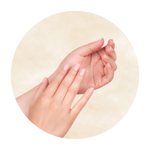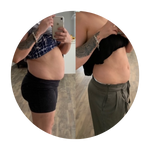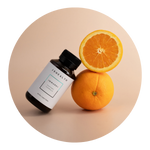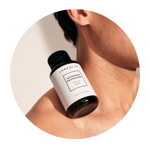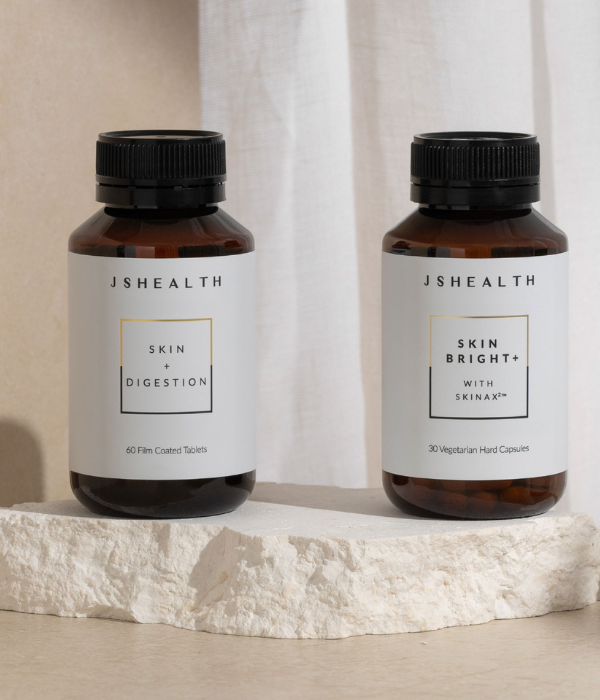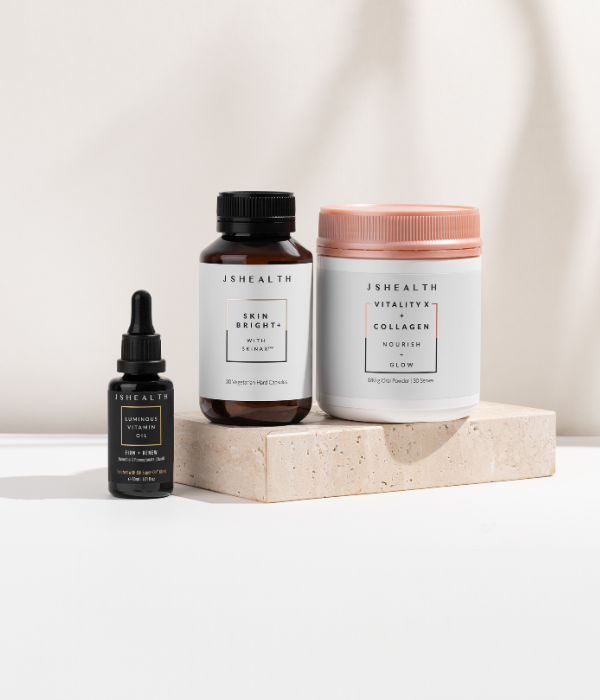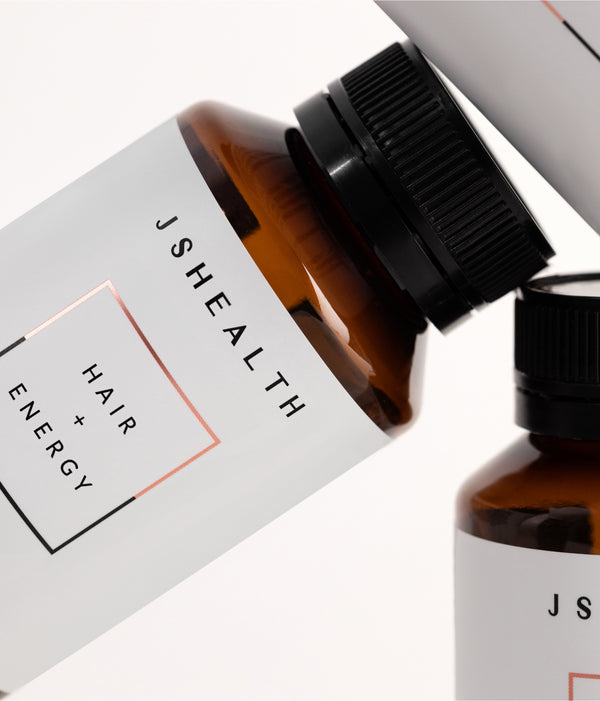The Peri-Menopause Journey - Expert Insights with Lara Briden
As part of this year’s Menstrual March, we chatted to our JSHealth Vitamins hormone expert, author of Period Repair Manual and Hormone Repair Manual, Lara Briden (AKA ‘The Period Revolutionary’) to delve into the world of perimenopause and menopause. She’s shared her wealth of knowledge on everything from what is happening during this hormonal transition period to her tips to support yourself on the journey.
Remember, menopause can actually be regarded as an advantageous evolutionary process that is quite profound and a part of womanhood to be celebrated. If you’re experiencing symptoms, you are not alone.
What is happening during perimenopause and menopause?
First, some definitions. Perimenopause is the two to ten years before menopause. It is the time of greatest symptoms, but it is temporary. Menopause is the life phase that begins one year after the final period. It is usually the time of almost no symptoms.
The normal age for menopause (periods stopping) is anywhere from 45 to 55, and the normal age for perimenopause is up to ten years before that—as young as 35! That’s why perimenopause is not about ageing. Instead, it’s about the recalibration of the entire hormonal system and the support you may need during that temporary process
Women born before 1985 are likely to be in perimenopause currently.
What are the phases of perimenopause?
Phase 1 of a normal perimenopause is when periods are still regular but symptoms are starting. This phase can last 2-5 years and is usually a time of high estrogen and low progesterone.
Phase 2 is the early menopause transition when cycle length starts to vary by more than 7 days. Cycle length means counting from day 1 of the bleed to day 1 of the next bleed. Estrogen is still high but fluctuating more widely with some real low points — leading to both high estrogen symptoms like irritable mood and breast pain AND estrogen withdrawal symptoms like migraines and night sweats. The timing from the onset of irregular cycles till the first skipped period is 2-3 years.
Phase 3 is when cycle length starts to vary more dramatically, with up to 60 days between periods. Estrogen is getting lower now but still fluctuating up to some high points.
Finally, phase 4 or late perimenopause is the waiting room — or the time between what you think might be the final period and achieving menopause 12 months later. Phase 4 a time of lower estrogen.
What is actually happening in the body during this time/transition?
Perimenopause is essentially a second puberty, so it’s a time of hormonal change.
If we look at hormones across the lifespan, estrogen is low in childhood and then high and fluctuating during the teen years, especially in comparison to progesterone.
Estrogen then goes up, not down, in the perimenopause years, and women in their 40s can have up to 3x more estrogen than they did in their 30s.
Progesterone, on the other hand, is low in the teens years until regular cycles become established, and then becomes low again in perimenopause.
So, the combination of high estrogen and low progesterone occurs in both first and second puberty, with progesterone being slowly gained in first puberty and slowly lost in second puberty.
Progesterone makes period lighter so low progesterone paired with high estrogen is why heavy periods can occur in teenagers and then again in women’s forties.
Eventually, with second puberty, women lose most — not all — ovarian estrogen and arrive at the stable low estrogen of menopause that is normal — not a deficiency — and is similar to childhood levels.
What are the main symptoms women going through perimenopause may experience?
The 9 possible symptoms of perimenopause include:
- Heavier periods
- Worsened period pain
- Shorter (at first) menstrual cycles (< 26 days)
- Painful, lumpy breasts
- Difficulty sleeping, including mid-sleep waking
- Premenstrual night sweats
- New or increased premenstrual mood swings
- New or markedly increased migraine headaches
- Weight gain without changes in exercise or eating
Can you share some tips on how to manage these symptoms?
There are lots of ways to feel better including body-identical hormonal therapy (both progesterone and estrogen). Other strategies include outdoor exercise (what researchers call “green exercise”), reducing alcohol, and taking nutritional supplements such as magnesium. In a paper called “Magnesium in the gynecological practice: a literature review,” researchers conclude that magnesium is effective treatment for menopause and perimenopause because it helps to “normalise the action of hormones on the central nervous system.” It works well in combination with the amino acid taurine, which helps to calm the brain and prevent hot flushes.
Stress impairs the brain’s ability to recalibrate and rewire during the perimenopause transition, so practising stress relief techniques is also important.
Which nutrients and herbs that can support those going through perimenopause?
It very much depends on the symptom(s), but supplements discussed in my perimenopause book Hormone Repair Manual include:
- Magnesium
- Taurine
- Zinc
- B-complex
- Vitamin B6
- Iodine
- Ashwaghanda
- Vitex
- Inositol
For more on any of the topics, there is lots of free information available on Lara Briden’s blog, as well as in her 2 incredible books. Head to www.larabriden.com.
Remember this is general advice only and is not intended to diagnose, treat or cure. Please always consult a health professional before making changes to your supplements and diet.
